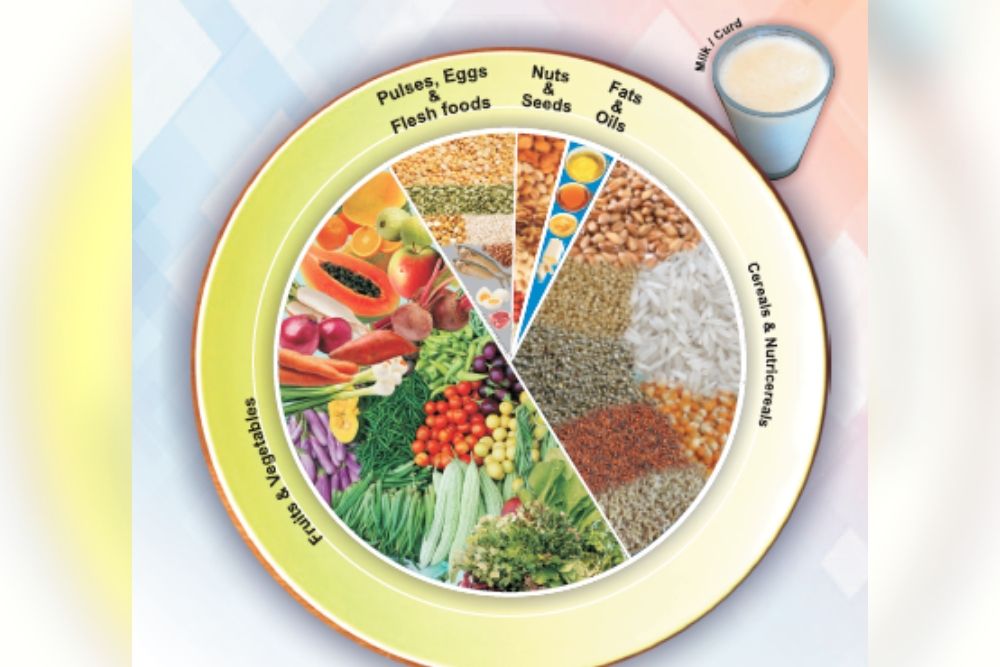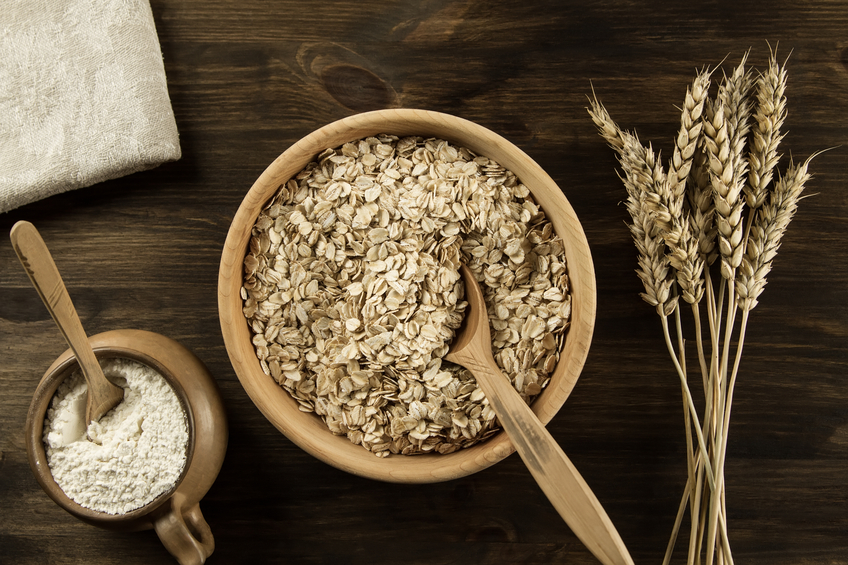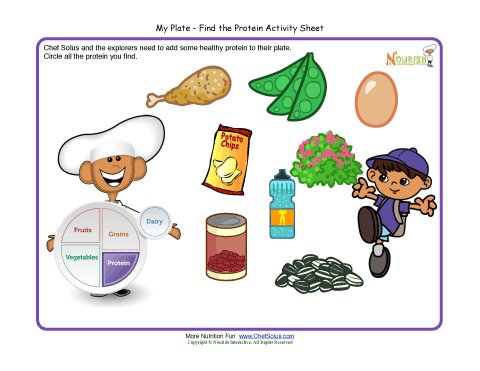
Healthful lifestyles are the best way to prevent stroke. A balanced diet can reduce your risk of high cholesterol, heart disease, and diabetes. Healthy eating habits are low in calories and fat, as well as high in fiber, vitamin A and B. This can help reduce your risk of developing type 2 diabetes, high cholesterol, or coronary artery disease. To stay healthy and avoid stroke and heart disease, eat a wide variety of fruits and veggies every day.
Healthy blood pressure is an additional way to prevent stroke. Your chances of suffering a stroke increase if your blood pressure rises beyond 120/80mmHg. High blood pressure is one that stays above 140/90mmHg. Even if your blood pressure is not high, it's important you check it regularly. And if you have a family history of stroke, your doctor may recommend that you start exercising regularly.

High blood pressure? Get checked. You are at greater risk of suffering a stroke if your blood pressure rises above 120/80 mmHg. High blood pressure is defined as a reading that stays above 140/90mmHg for long periods. However, many people don't know they have high blood pressure. Your doctor should check you and advise you on any precautions.
You can lower your chances of suffering from stroke by eating a diet rich in folate, potassium, magnesium, and omega-3 fatty acids. These nutrients are found in fish and have been linked to lower risk of stroke. By avoiding high cholesterol and dietary saturated fat, you can reduce your chances of having a stroke. You can reduce your sugar intake by drinking less alcohol. You can prevent stroke by eating more fresh fruits, vegetables, and other healthy foods.
It is important to have a healthy diet in order to prevent stroke. Research has shown that eating a healthy diet full of fruits and vegetables reduces stroke risk by up to 20%. A diet rich with fiber and vitamin D can help to prevent stroke. A healthy diet is a good way to avoid hypertension and heart attack. A balanced diet should include lots of fruits and vegetables as well as lean meat. These foods can be added to your daily diet to help prevent strokes.

The risk of stroke is lower if you drink alcohol in moderation. One drink per day is enough to lower your risk of having a stroke. However, more than two drinks per day can increase your risk. Resveratrol is a chemical that protects the brain and heart. A glass of red wine has resveratrol. A standard-sized drink includes a 5-ounce glass wine, a 12-ounce beer, and a 1.5-ounce hard liquor.
FAQ
Is cold a sign of a weak immune response?
It has been said that there are two types of people on the planet: those who love winter, and those who don't. You might wonder why you feel so miserable in the cold, no matter how much you love or hate winter.
The answer lies in the fact that our bodies are designed to function best during warm weather. In fact, we evolved to thrive in hot climates because that's where most of our food sources are located.
However, our environment is quite different than that of our ancestors. We spend more time indoors and are often exposed to extreme temperatures (cold or heat) and eat processed foods rather than fresh.
Our bodies don't have the ability to tolerate extremes. So, when we do venture outside, we often feel exhausted, sluggish, or even sick.
There are ways to combat these effects though. One way is to make sure that you stay well-hydrated throughout the day. Hydration is key to keeping your body well hydrated, flushing out toxins and keeping your system healthy.
You must also ensure that you are eating healthy foods. The best way to maintain your body's optimal temperature is by eating nutritious food. This is particularly helpful for anyone who spends long periods of time inside.
Take a few minutes every morning to meditate. Meditation can relax your mind and make it easier manage stress and illness.
Do I have to count calories?
You might wonder, "What's the best diet for me?" or "is counting calories necessary?" The answer is dependent on several factors like your current health status, personal goals, your lifestyle, and your preferences.
The Best Diet For Me: Which One Is Right?
My current health, my personal goals and lifestyle will determine the best diet for me. There are many different diets, some good and some not so good. Some are better for certain people than others. So what do I do? What can I do to make the right decision?
These questions are addressed in this article. It starts with a brief introduction of the different types of diets available today. The pros and cons of each diet are then discussed. We'll then discuss how to choose which one is best for you.
To begin, let's take a quick look at the different types of diets.
Diet Types
There are three main types: low-fat, high-protein, or ketogenic. Let's look at each one briefly.
Low Fat Diets
A low fat diet is a diet that restricts the amount of fats consumed. This is done through reducing the intake of saturated fats (butter, cream cheese, etc.) They are replaced by unsaturated fats such as avocados, olive oil, and cream cheese. People who are looking to lose weight quickly and easily will benefit from a low-fat diet. This diet can cause constipation, heartburn, and stomach problems. In addition, it may lead to vitamin deficiencies if a person doesn't get enough vitamins from their food.
High Protein Diets
High protein diets reduce carbohydrates to favor of proteins. These diets typically have more protein than other diets. These diets are intended to increase muscle mass and reduce calories. However, they might not provide enough nutrition for those who need to eat frequently. They are also very restrictive, so they might not be appropriate for everyone.
Ketogenic Diets
The keto diet is also known as the keto diet. They are high on fat but low in carbs and proteins. These foods are popular among athletes and bodybuilders as they allow them to train harder, longer and without becoming tired. You must adhere to all side effects, including fatigue, headaches, nausea and headaches.
What's the difference between a virus & a bacterium?
A virus, a microscopic organism, is incapable of reproducing outside its host cell. A bacterium can be described as a single-celled organism which reproduces by splitting in two. Viruses have a very small size (about 20 nanometers), while bacteria is larger (up to one micron).
Viruses are spread via contact with infected bodily liquids such as urine, saliva, semen and vaginal secretions. Bacteria can be spread by direct contact with infected objects and surfaces.
Viral infections can be transmitted through skin cuts, scrapes and bites. They may also enter through the nose, mouth, eyes, ears, vagina, rectum , or anus.
Bacteria may enter our bodies through cuts and scrapes on our skin, burns, insect bites, and other wounds. They can also be introduced to our bodies by food, water and soil.
Both bacteria and viruses cause illness. But viruses can't multiply within their hosts. They infect only living cells, causing illness.
Bacteria can spread within the host and cause illness. They can spread to other parts of our bodies. To kill them, we must use antibiotics.
What is the best diet for me?
Many factors influence which diet is best for you. These include your age, gender and weight. Also, consider your energy expenditure, whether you prefer low-calorie food, and whether you enjoy eating fruits or vegetables.
Intermittent Fasting is an alternative to traditional fasting if you are looking to lose weight. Intermittent fasting allows you to consume only certain meals per day, instead of eating three large meals. This method may work better than traditional diets which include daily calorie counts.
Intermittent fasting has been shown to improve insulin sensitivity, reduce inflammation and lower the risk of developing diabetes. Some research also suggests that intermittent fasting might promote fat loss, and improve overall body composition.
What causes weight loss as we age?
How do you know if your bodyweight changes?
When there is more muscle mass than fat, weight loss can occur. This means that the amount of calories consumed must exceed the amount of energy used daily. Low activity levels are the most common cause for weight loss. Other reasons include poor eating habits, stress, hormone imbalances, certain medications and illness. Weight gain occurs when there is more fat than muscle mass. It occurs when people consume more calories per day than they need. There are many reasons for this, including overeating and increased physical activity.
The primary reason we lose weight is that we consume less calories than what we burn. The main reason we lose weight is because we exercise more often. This increases our metabolism rate and burns more calories each day. This does not necessarily mean that we will get thinner. What is more important is whether or not our body is losing or gaining weight. If we're burning more calories that we consume, we'll lose weight. However, if we consume more calories than we burn, we end up storing them as extra fat.
As we age we tend to be slower in moving and thus we don't move nearly as much. We also tend to eat less food than we did when we were younger. This is why we tend to gain weight. We also tend to look larger because we have more muscle.
Without regularly weighing yourself, it is impossible to gauge how much weight you have lost. There are many options for measuring your weight. You can also measure your waist, hips or thighs. Some prefer to use bathroom scales, while others prefer tape measures.
For a better track of your progress, try to weigh yourself once per week and measure your waistline once every month. You can also take pictures of yourself every few months to see how far you've come.
You can also check your height online to find out how many pounds you have. For example, if you're 5'10" tall and weigh 180 pounds, you'd probably weigh 180 pounds.
How can I live the best life possible every day?
It is important to identify what makes you happy. Once you've identified what makes your happy, you can start to work backwards. Asking other people how they live their best lives every day is also a good idea.
You can also read books like "How to Live Your Best Life" by Dr. Wayne Dyer. He talks about how to find happiness and fulfillment at all stages of our lives.
How does an anti-biotic work?
Antibiotics kill harmful bacteria. Antibiotics can be used to treat bacterial infection. There are many types of antibiotics. Some are given orally, while some are injected. Other antibiotics are applied topically.
Antibiotics are often prescribed to people who have been exposed to certain germs. An oral antibiotic might be prescribed to someone who has been exposed to chicken pox. This will prevent the spread of shingles. An injection of penicillin may be necessary to prevent pneumonia if someone has strep.
A doctor should give antibiotics to children. Children are at greater risk than adults for developing serious side effects from taking antibiotics.
The most common side effect of antibiotics is diarrhea. Side effects of antibiotics include diarrhea, stomach cramps and nausea. These side effects usually disappear once treatment has ended.
Statistics
- In both adults and children, the intake of free sugars should be reduced to less than 10% of total energy intake. (who.int)
- According to the Physical Activity Guidelines for Americans, we should strive for at least 150 minutes of moderate intensity activity each week (54Trusted Source Smoking, harmful use of drugs, and alcohol abuse can all seriously negatively affect your health. (healthline.com)
- nutrients.[17]X Research sourceWhole grains to try include: 100% whole wheat pasta and bread, brown rice, whole grain oats, farro, millet, quinoa, and barley. (wikihow.com)
- This article received 11 testimonials and 86% of readers who voted found it helpful, earning it our reader-approved status. (wikihow.com)
External Links
How To
What does the meaning of "vitamin?"
Vitamins can be described as organic compounds found in food. Vitamins allow us to absorb nutrients from food. Vitamins cannot be made by the body; they must be taken from food.
Two types of vitamins exist: water-soluble vitamin and fat-soluble vitamin. Water-soluble vitamins dissolve readily in water. Vitamin C,B1(thiamine), B2 (2riboflavin), and B3 (3niacin), as well as vitamin C,B1, B2 (riboflavin), and B3 (niacin), vitamin B6 (pyridoxine), vitamin folic acid (biotin), pantothenic, and choline are examples. Fat soluble vitamins are stored in the liver and fatty tissue. Some examples include vitamin D and E, K, A and beta carotene.
Vitamins can be classified by their biological activity. There are eight major groups of vitamins:
-
A - essential for normal growth and maintenance of health.
-
C – essential for proper nerve function.
-
D - essential for healthy bones, teeth, and gums.
-
E is needed for good reproduction and vision.
-
K – Required for healthy nerves & muscles.
-
P - vital for building strong bones andteeth.
-
Q - aids digestion and absorption of iron.
-
R - Red blood cells are made from red blood cells.
The recommended daily allowance (RDA), for vitamins, varies depending upon age, gender, or physical condition. RDA values are set by the U.S. Food and Drug Administration (FDA).
For adults 19 years and over, the RDA of vitamin A is 400mg per day. Because it is essential for the development of the fetus, pregnant women should consume 600 micrograms per daily. Children ages 1-8 require 900 micrograms per day. Children under 1 year old require 700 micrograms daily, while infants over one year old need 500 micrograms every day. This decreases between 9 and 12 months.
Children between the ages 1--18 years old who are overweight or obese require 800 micrograms per Day, while those who are overweight or obese need 1000 micrograms. To meet their nutritional needs, children underweight and obese require 1200 micrograms a day.
Children between 4 and 8 years old with anemia will need 2200 micrograms daily of vitamin C.
Adults over 50 years of age need 2000 micrograms per day for general health. Because of their higher nutrient needs, women who are pregnant or nursing need 3000 mg per day.
Adults over 70 need 1500 micrograms daily, as they lose 10% of their muscle every ten years.
Women who are pregnant or lactating need more than the RDA. Pregnant woman need 4000 micrograms daily in pregnancy, and 2500 per day after childbirth. Breastfeeding mothers need 5000 micrograms per day when breast milk is being produced.